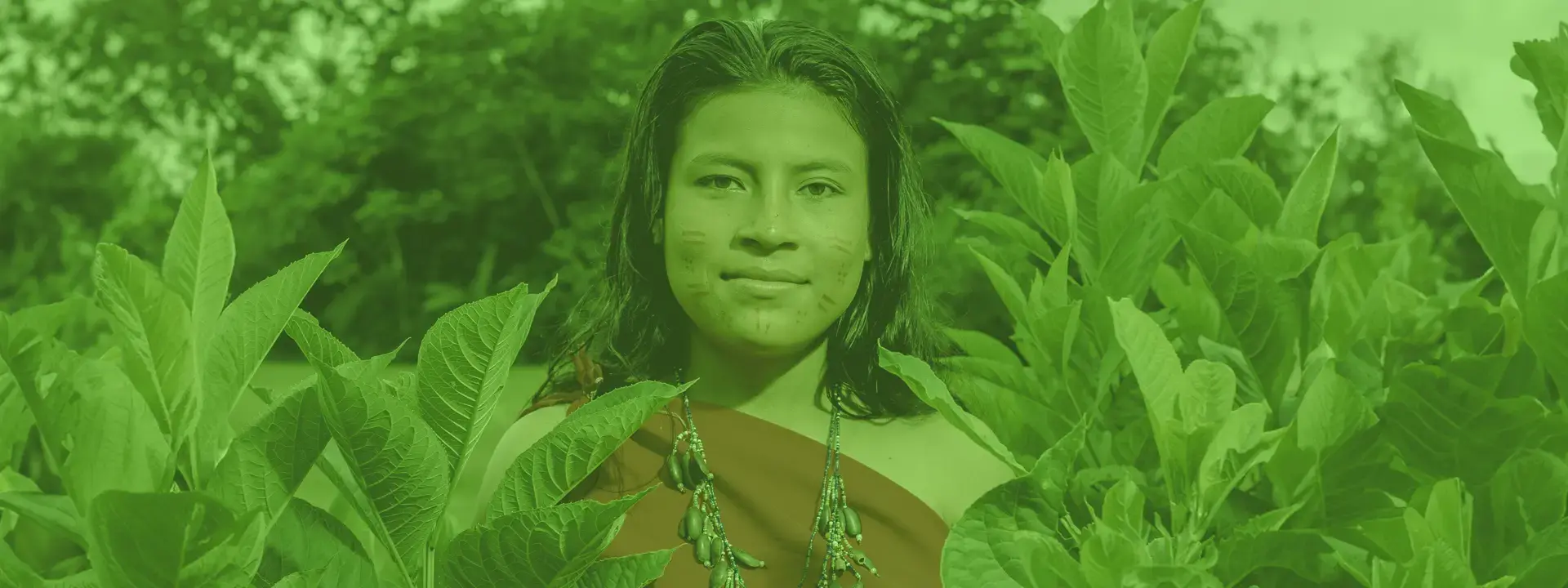Expected outcome 5: National and subnational capacities built to implement legal, policy, and accountability frameworks to seek the expansion of coverage and access to basic services to advance protection and care for gender-based violence and other harmful practices in humanitarian and development settings.
54.9% of women have been victims of violence by their partners at some point in their lives, and 7.6% suffered physical or sexual violence in 2021, also by their partners. The Ombudsman’s Office reported 146 femicides that year, almost 7% more than in 2020. During 2022, according to administrative records of the CEMs, 130 cases with characteristics of femicide were registered. Most of the victims were between 30 and 59 years old (65 cases), and in 46 cases the victim was 18 to 29 years old.
These expressions, the most severe of gender inequality, disproportionately affect girls, adolescents, and women from rural areas, indigenous peoples, Afro-descendants, people with disabilities, migrants and refugees, and the LGBTIQ+ population. The information provided by administrative records reveals an excessive growth in reports of sexual violence against adolescents and girls under 14 years of age, which is associated with a 24% increase in live birth certificates from girls between 10 and 14 years of age. Although the country has made progress in strengthening policies and the quality of services for the care of survivors, it is still necessary to intensify efforts to increase resources, improve the technical skills of service operators and bring women closer to comprehensive care services to ensure the restitution of their rights.
Our commitment:
UNFPA is committed to contributing to strengthening national and subnational capacities, implementing evidence-based legal, policy, financing and accountability frameworks that expand coverage and access to essential quality services to prevent, protect and address gender-based violence and other harmful practices in development and humanitarian contexts.

1.Strengthen the implementation of legal and policy frameworks and strategies on gender equality, gender-based violence, and harmful practices, including the eradication of child marriages/early unions and the prevention of adolescent pregnancies, especially forced pregnancies in girls under 15 years of age. |
4.Build the capacities of governmental, non-governmental, community and feminist organizations to increase demand generation interventions, increasing gender-based violence complaints from the most disadvantaged groups, even by using new technologies. |
2.Strengthen multisectoral responses, emphasizing the implementation of a package of basic services for women who survived gender-based violence, at the national and subnational levels, with the purpose of ensuring better access to services for indigenous, Afro-Peruvian, and migrant women and adolescents (especially girls under 15 years of age), and women with any disability. |
5.Strengthen the coordination in the gender-based violence subsector and the implementation of interagency minimum standards for gender-based violence programming in humanitarian settings. |
3.Build national capacities for data generation and its use, as well as the interoperability of administrative records on gender-based violence, and make gender-based violence affecting the most disadvantaged groups visible. |
6.Build institutional capacities at the national and subnational levels to increase resilience and adaptation of the protection sector to gender-based violence in emergencies caused by disasters and the effects of climate change in humanitarian settings. |

Number of norms, policies, plans, and accountability frameworks that are part of the protection against gender-based violence and harmful practices, focusing on leaving no one behind and emphasizing on girls under 15 years of age, developed with the support of UNFPA.
Baseline: 1 - Goal: 4
4 public policy or accountability framework that are part of the protection against gender-based violence and harmful practices, focusing on leaving no one behind and emphasizing on girls under 15 years of age, developed with the support of UNFPA.
Number of institutions at the national and subnational level that offer services for gender-based violence response and that operationalize interagency minimum standards and/or basic service packages, focusing on leaving no one behind and emphasizing on girls under 15 years of age, including disaggregated data.
Baseline: 0 - Goal: 6
6 institutions at the national and subnational levels offer gender-based violence response services in accordance with minimum interagency standards and/or essential service packages.




